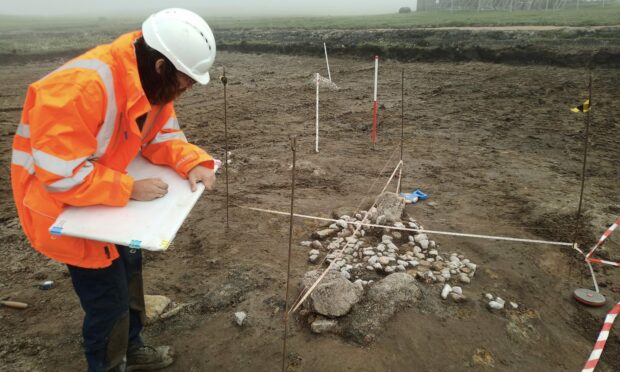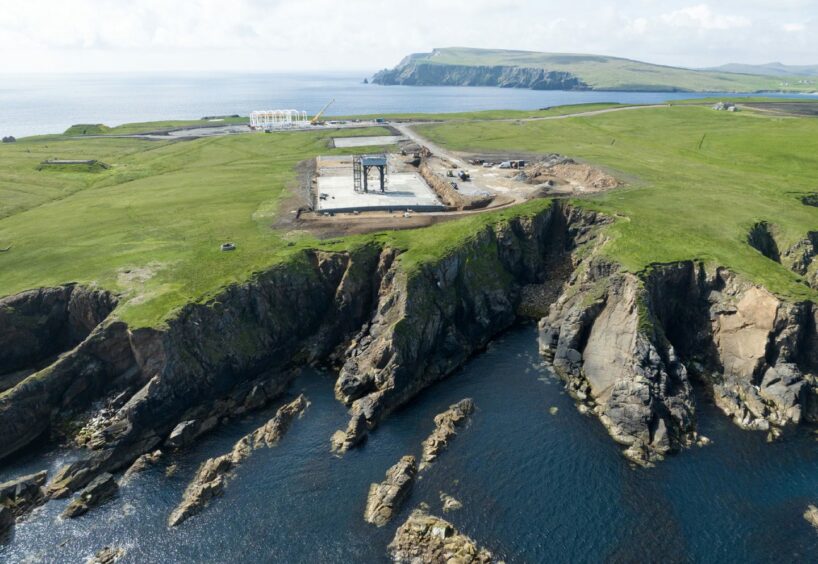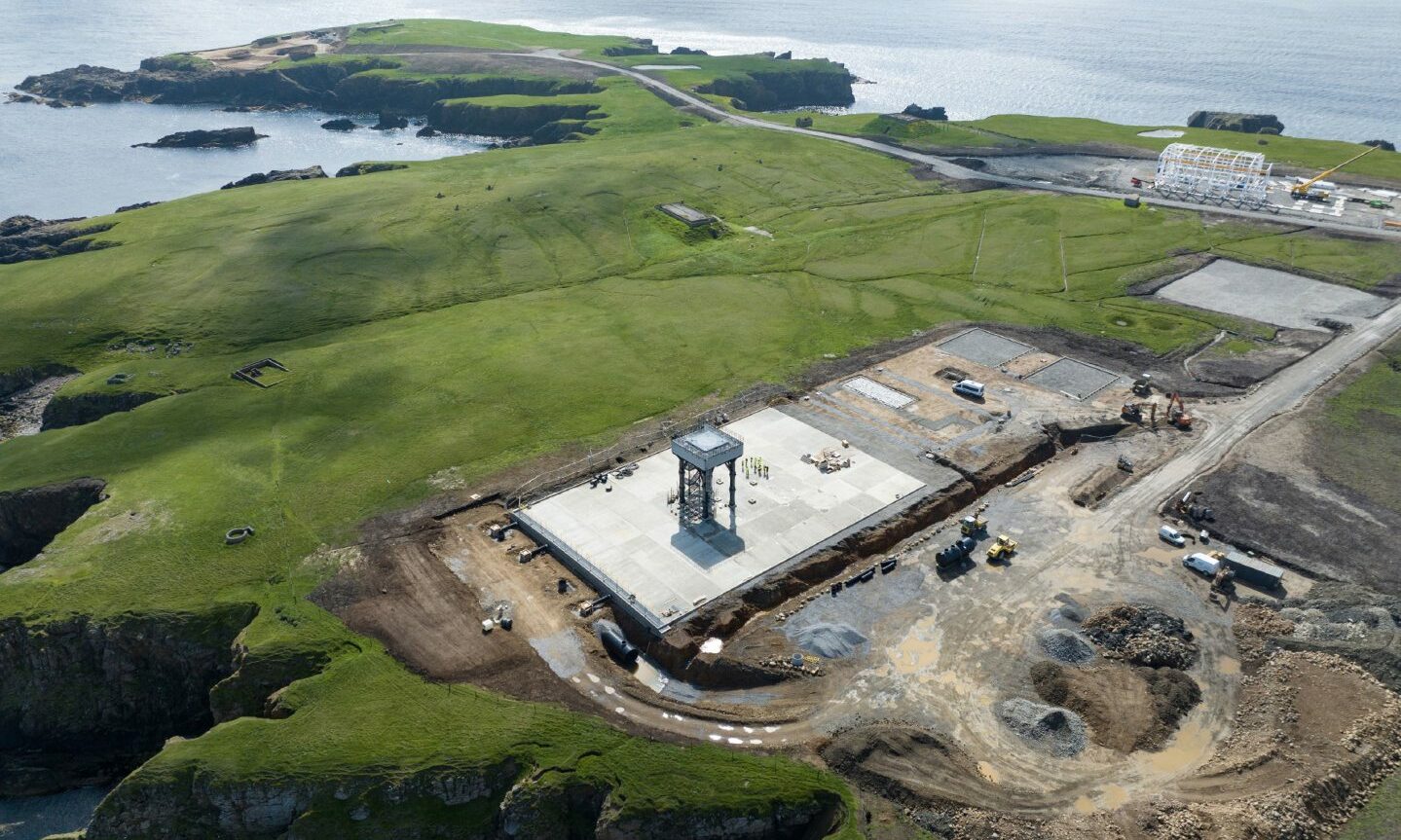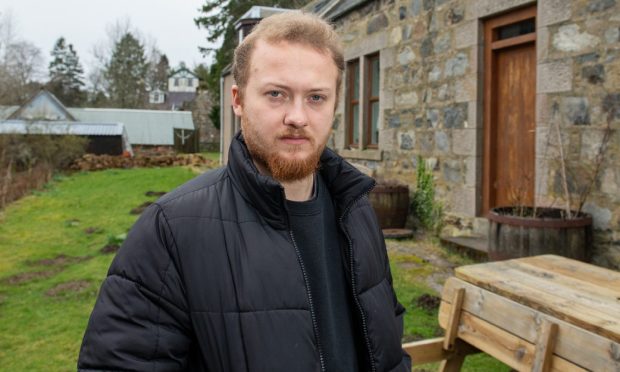A prehistoric burial site dating back 4,000 years to the Bronze Age has been discovered at the Shetland spaceport site.
Workers found what may be an early ritual cremation cemetery during groundworks at the SaxaVord site on Unst.
The area is earmarked for development as a rocket launch site that will eventually carry satellites into space as part of the UK’s plan to develop the industry.
However, back down and under the earth, pits, large boulders and cremations were uncovered with a quartz setting – typical of burial tombs.
While excavation efforts are just beginning, archaeologists working on the site believe the remains may date from around 2200-1800 BC.
The discovery, while made on site, will not hamper the construction of the spaceport, as archaeologists study more about the prehistoric inhabitants of Shetland.
Dr Val Turner, Shetland’s regional archaeologist, says the find is “hugely exciting” as the Bronze Age is the least studied period in Shetland’s past.
‘A tremendously exciting discovery’
Using modern technology, the team can uncover a lot more about those who came before, what they did daily and how they died.
According to experts, the amount of burnt bone uncovered at the site suggests it was a cremation cemetery, further explained by the presence of white quartz, usually used in burials.
Katie O’Connell of AOC Archaeology based in Inverness, which assessed the site, added: “At the spaceport, quartz pebbles have been found in a hollow, with larger stones at each end.
“These stones would have been carefully selected and placed to form this bright white platform.
“The purpose of this platform is unknown at the moment; however, it may have been associated with a burial that has not survived.”
SaxaVord Spaceport chief executive Frank Strang said: “This is a tremendously exciting discovery and we will be supporting further study of the remains to find out the full story.
“With Unst’s Viking heritage, we had always thought of the timespan from the longship to the spaceship.
“Now we know there has been activity on our site for more than 4,000 years it’s the Bronze Age to the Space Age.”












